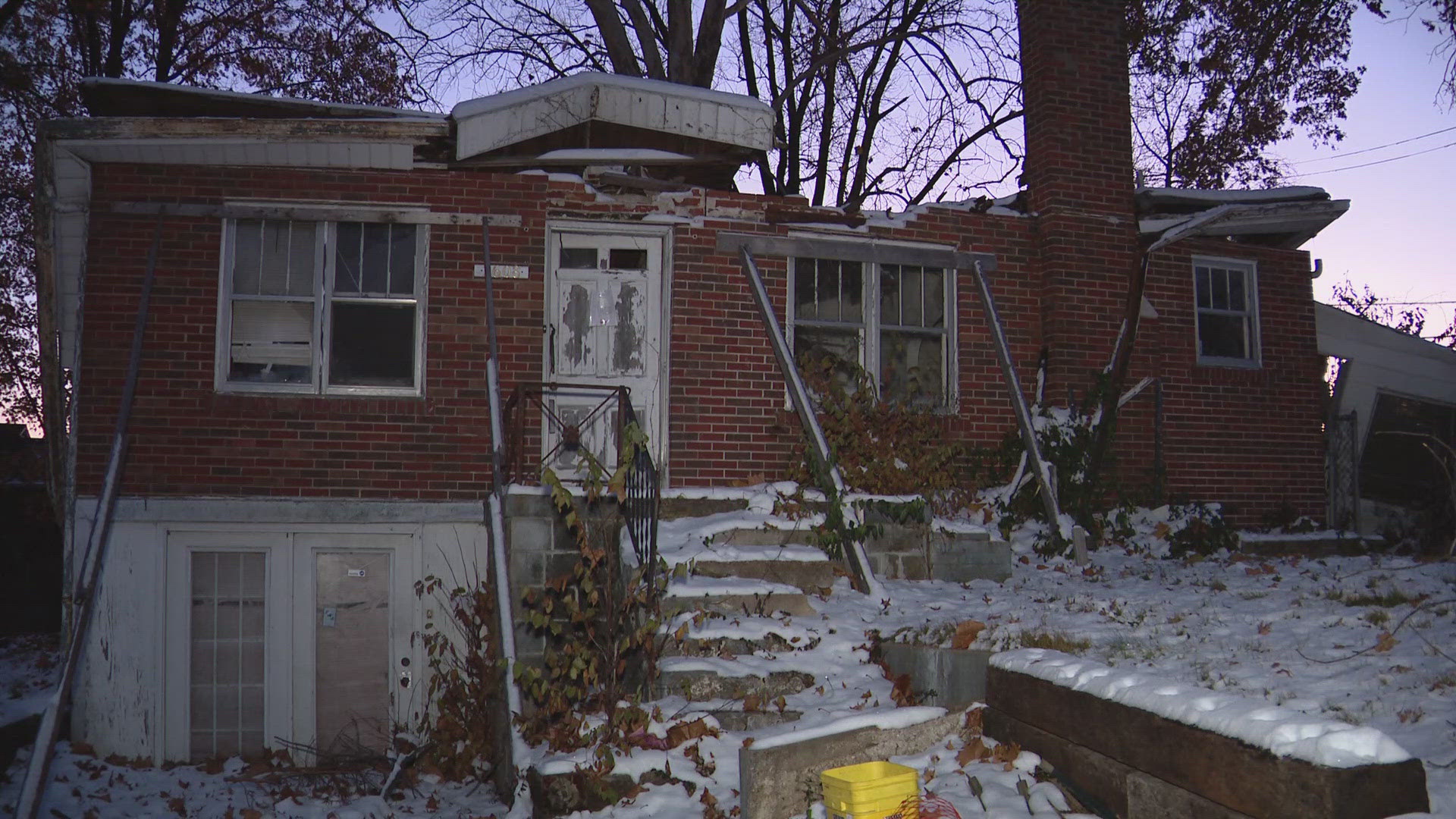CAPE GIRARDEAU, Mo. (AP) — Some landowners in southeast Missouri are seeing less damage from feral hogs as the state focuses on trapping rather than hunting the invasive animals, according to state conservation officials.
The Missouri Department of Conservation has been working with landowners and federal agencies in several southeast Missouri counties to eliminate feral hogs, which aggressively root in fields and can cause costly destruction for farmers.
Trappers have successfully removed hundreds of feral hogs from the region, but the population keeps returning because of hunters releasing hogs for game and the animals' rapid reproduction rate, the Southeast Missourian reported.
Matthew Peter, the state's feral-hog coordinator for southeast Missouri, said that a trapper in Wayne and Bollinger counties reported significant declines in damage since he adopted the trapping technique.
The state banned killing feral hogs after learning that shooting at them is ineffective.
"Hogs are social animals that travel in groups called sounders," according to the state Conservation Department's website. "Shooting one or two hogs scatters the sounder and makes trapping efforts aimed at catching the entire group at once more difficult because hogs become trap-shy and more wary of baited sites."
The feral hog population increased significantly when hunters were permitted to kill the invasive animals, said state biologist Alan Leary. The policy changed in 2016.
Leary said the population oftentimes spreads because people illegally release captured hogs into the wild for hunting purposes.
State conservation officials and other agencies are actively searching for perpetrators because the animals are capable of causing a "tremendous amount of damage to our natural resources," Leary said.
Feral hogs eat native wildlife, lower water quality, cause soil erosion, destroy glades and other natural communities and serve as a threat to the agricultural industry, Leary said.
He encourages residents to report feral hogs or signs of them to the Missouri Department of Conservation.
___
Information from: Southeast Missourian, http://www.semissourian.com



